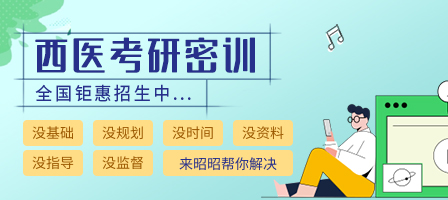
当前位置: 研招信息首页 > 历年考题(考生回忆版) > 正文
以下是小昭为大家整理的历年英语考题(考生回忆版)及答案解析,希望对即将参加考研的同学们有所帮助。
1999年全国攻读硕士学位研究生入学考试英语试题
Part ⅠCloze Test
Directions:
For each numbered blank in the following passage, there are four choices marked [A], [B], [C] and [D]. Choose the best one and mark your answer on ANSWER SHEET 1 by blackening the corresponding letter in the brackets with a pencil. (10 points)
Industrial safety does not just happen. Companies 1 low accident rates plan their safety programs, work hard to organize them, and continue working to keep them 2 and active. When the work is well done, a 3 of accidentfree operations is established 4 time lost due to injuries is kept at a minimum.
Successful safety programs may 5 greatly in the emphasis placed on certain aspects of the program. Some place great emphasis on mechanical guarding. Others stress safe work practices by 6 rules or regulations. 7 others depend on an emotional appeal to the worker. But, there are certain basic ideas that must be used in every program if maximum results are to be obtained.
There can be no question about the value of a safety program. From a financial standpoint alone, safety 8 . The fewer the injury 9 , the better the workman’s insurance rate. This may mean the difference between operating at 10 or at a loss.
1.[A] at [B] in [C] on [D] with
2.[A] alive [B] vivid [C] mobile [D] diverse
3.[A] regulation [B] climate [C] circumstance [D] requirement
4.[A] where [B] how [C] what [D] unless
5.[A] alter [B] differ [C] shift [D] distinguish
6.[A] constituting [B] aggravating [C] observing [D] justifying
7.[A] Some [B] Many [C] Even [D] Still
8.[A] comes off [B] turns up [C] pays off [D] holds up
9.[A] claims [B] reports [C] declarations [D] proclamations
10.[A] an advantage [B] a benefit [C] an interest [D] a profit
Part ⅡReading Comprehension
Directions:
Each of the passages below is followed by some questions. For each question there are four answers marked [A], [B], [C] and [D]. Read the passages carefully and choose the best answer to each of the questions. Then mark your answer on ANSWER SHEET 1 by blackening the corresponding letter in the brackets with a pencil. (40 points)
Passage 1
It’s a rough world out there. Step outside and you could break a leg slipping on your doormat. Light up the stove and you could burn down the house. Luckily, if the doormat or stove failed to warn of coming disaster, a successful lawsuit might compensate you for your troubles. Or so the thinking has gone since the early 1980s, when juries began holding more companies liable for their customers’ misfortunes.
Feeling threatened, companies responded by writing everlonger warning labels, trying to anticipate every possible accident. Today, stepladders carry labels several inches long that warn, among other things, that you might—surprise!—fall off. The label on a child’s Batman cape cautions that the toy “does not enable user to fly”.
While warnings are often appropriate and necessary—the dangers of drug interactions, for example—and many are required by state or federal regulations, it isn’t clear that they actually protect the manufacturers and sellers from liability if a customer is injured. About 50 percent of the companies lose when injured customers take them to court.
Now the tide appears to be turning. As personal injury claims continue as before, some courts are beginning to side with defendants, especially in cases where a warning label probably wouldn’t have changed anything. In May, Julie Nimmons, president of Schutt Sports in Illinois, successfully fought a lawsuit involving a football player who was paralyzed in a game while wearing a Schutt helmet. “We’re really sorry he has become paralyzed, but helmets aren’t designed to prevent those kinds of injuries, ” says Nimmons. The jury agreed that the nature of the game, not the helmet, was the reason for the athlete’s injury. At the same time, the American Law Institute—a group of judges, lawyers, and academics whose recommendations carry substantial weight—issued new guidelines for tort law stating that companies need not warn customers of obvious dangers or bombard them with a lengthy list of possible ones. “Important information can get buried in a sea of trivialities, ” says a law professor at Cornell Law School who helped draft the new guidelines. If the moderate end of the legal community has its way, the information on products might actually be provided for the benefit of customers and not as protection against legal liability.
11. What were things like in 1980s when accidents happened?
[A] Customers might be relieved of their disasters through lawsuits.
[B] Injured customers could expect protection from the legal system.
[C] Companies would avoid being sued by providing new warnings.
[D] Juries tended to find fault with the compensations companies promised.
12. Manufacturers as mentioned in the passage tend to.
[A] satisfy customers by writing long warnings on products
[B] become honest in describing the inadequacies of their products
[C] make the best use of labels to avoid legal liability
[D] feel obliged to view customers’ safety as their first concern
13. The case of Schutt helmet demonstrated that.
[A] some injury claims were no longer supported by law
[B] helmets were not designed to prevent injuries
[C] product labels would eventually be discarded
[D] some sports games might lose popularity with athletes
14. The author’s attitude towards the issue seems to be.
[A] biased [B] indifferent [C] puzzling [D] objective
以上是昭昭西医考研部分考题(考生回忆版)的展示内容,因为内容较多。小昭已经将考题(考生回忆版)全部整理放到附件中(包括答案),请自行点击下载即可使用。
免责声明:本站所提供的内容均来源于网络,如涉及侵权问题,请联系本站管理员予以更改或删除。
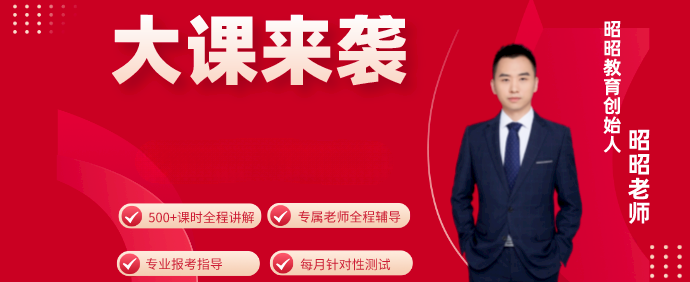
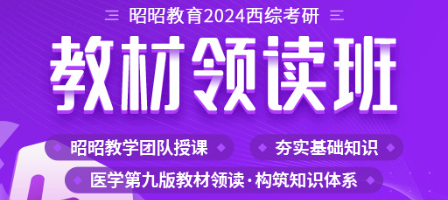
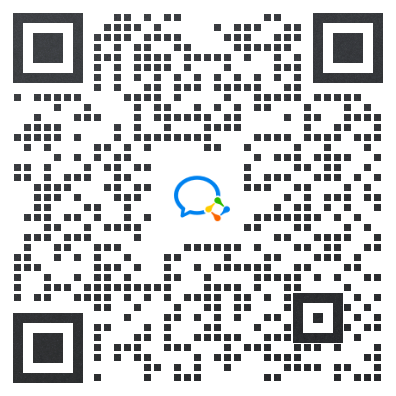 扫码加入
扫码加入
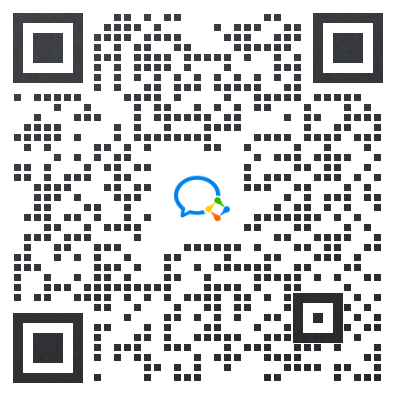 扫码加入
扫码加入
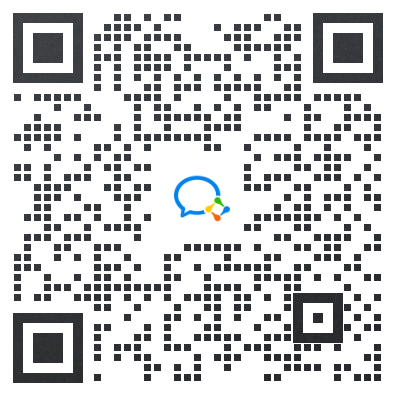 扫码加入
扫码加入
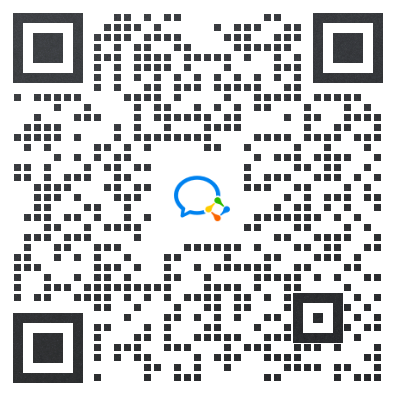 扫码加入
扫码加入
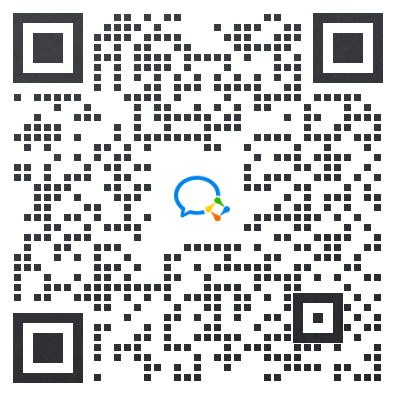 扫码加入
扫码加入
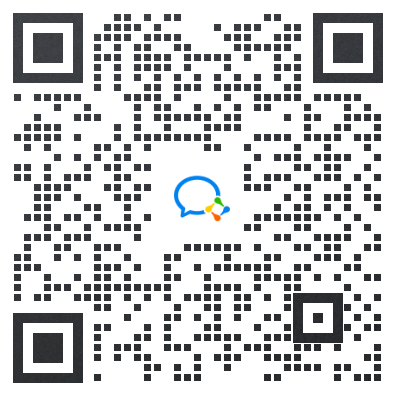 扫码加入
扫码加入
